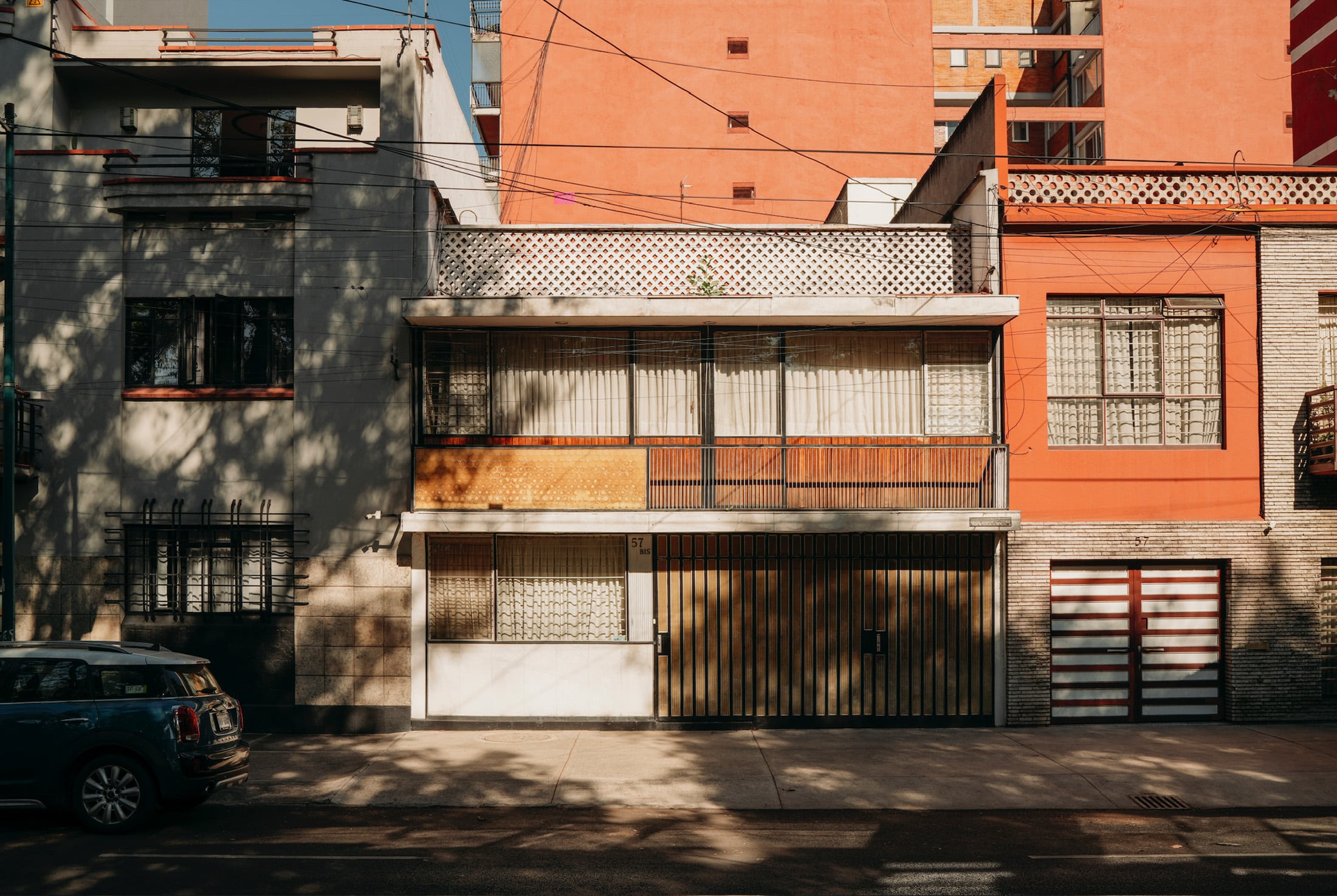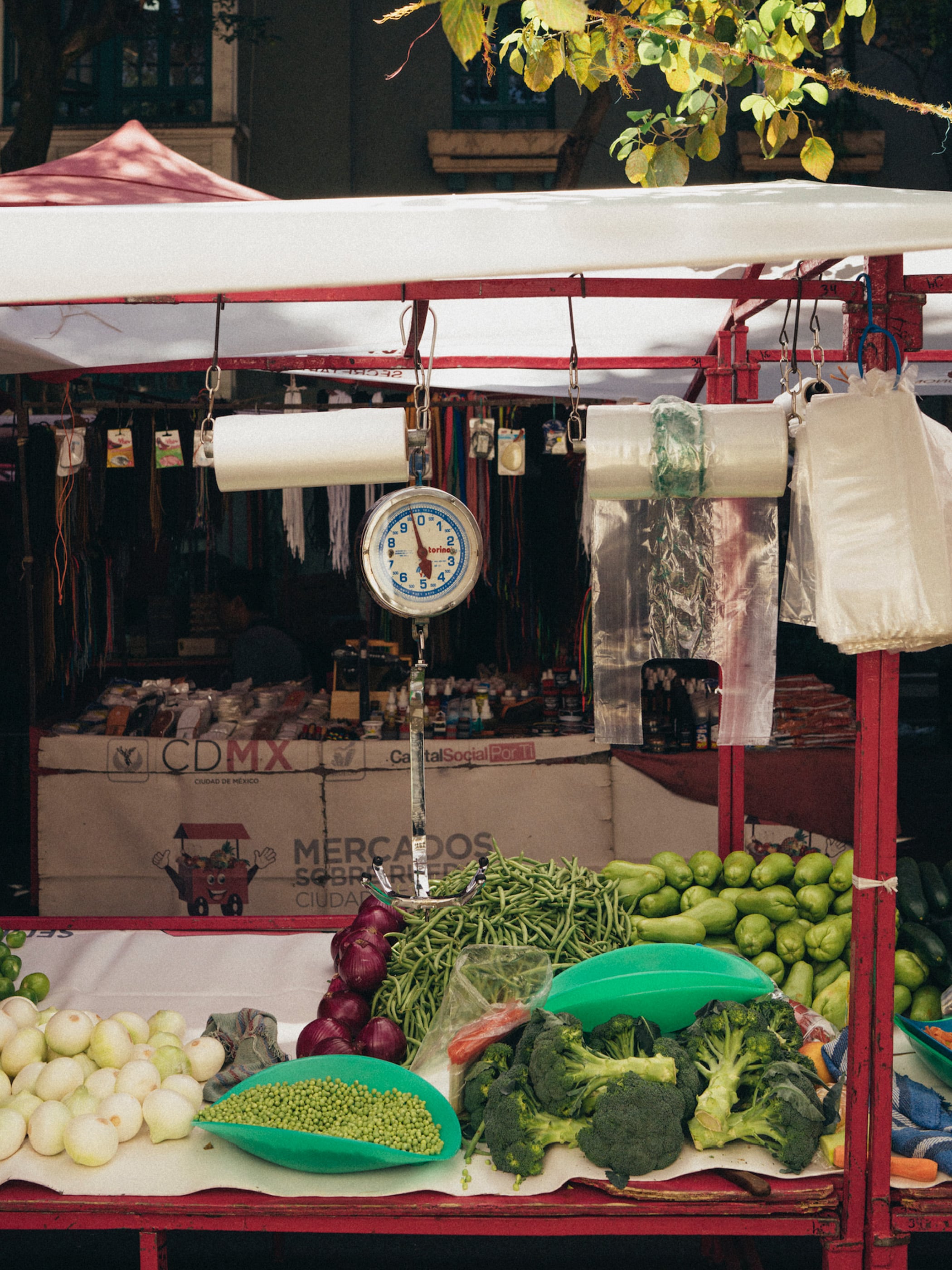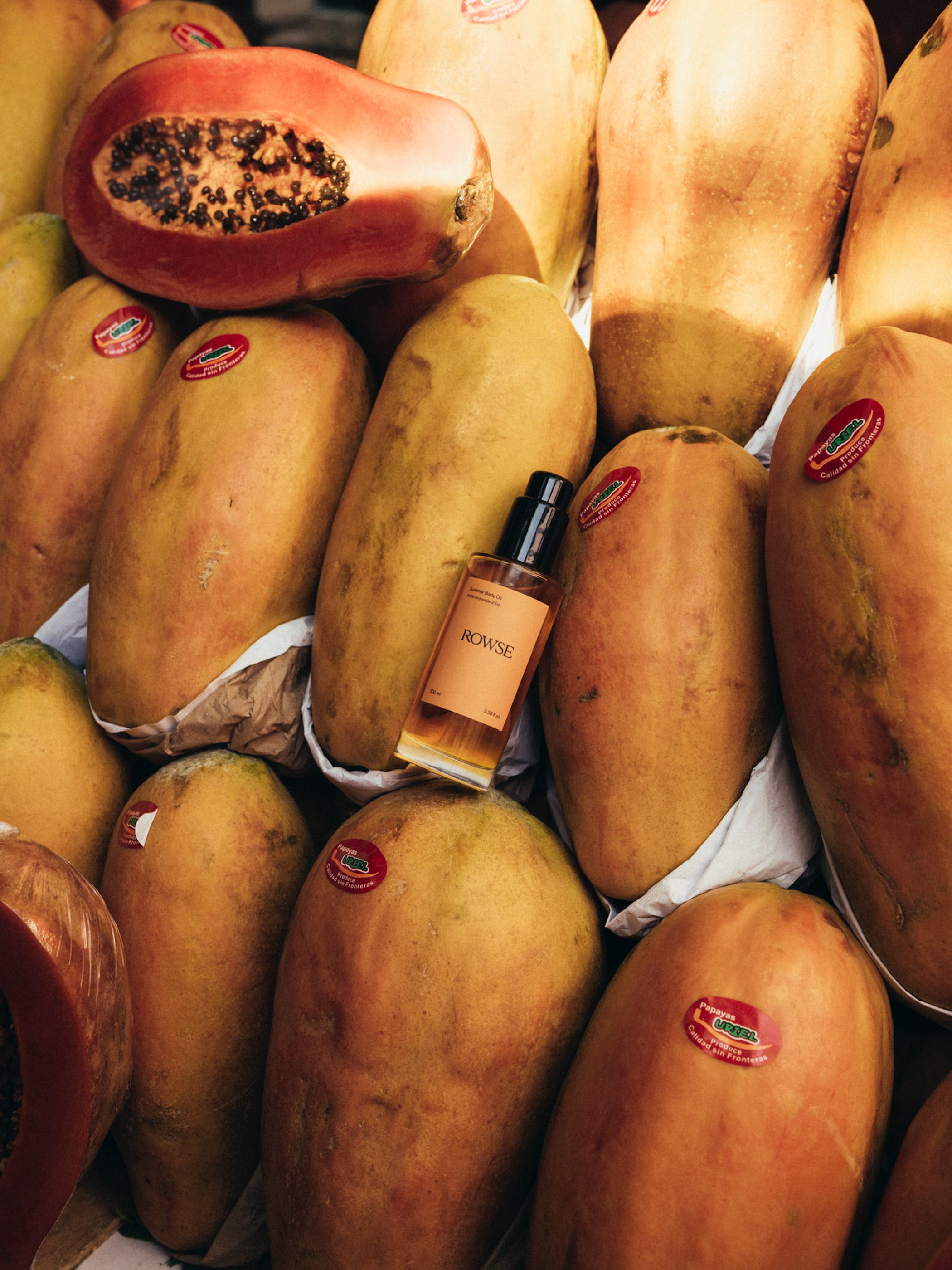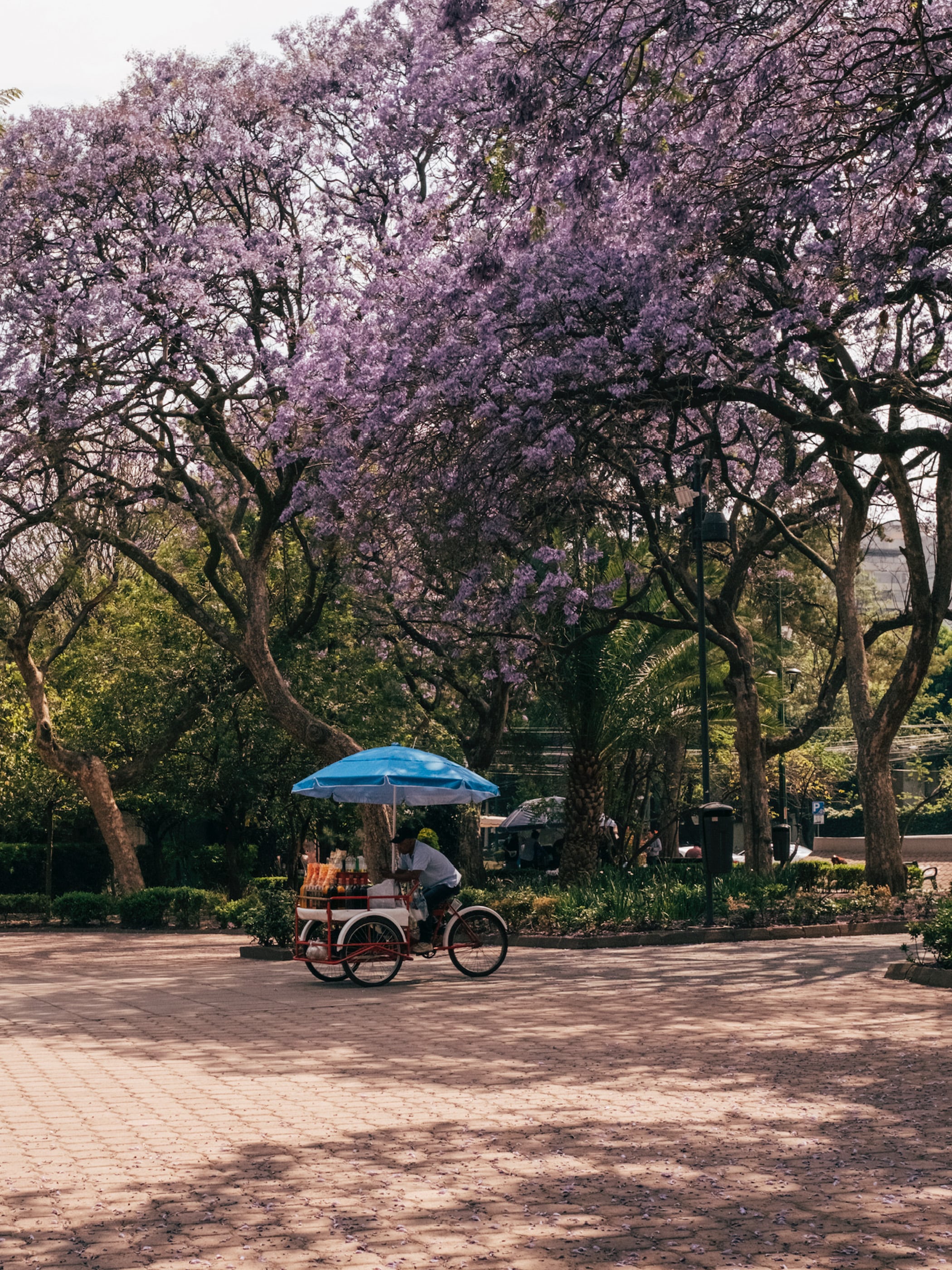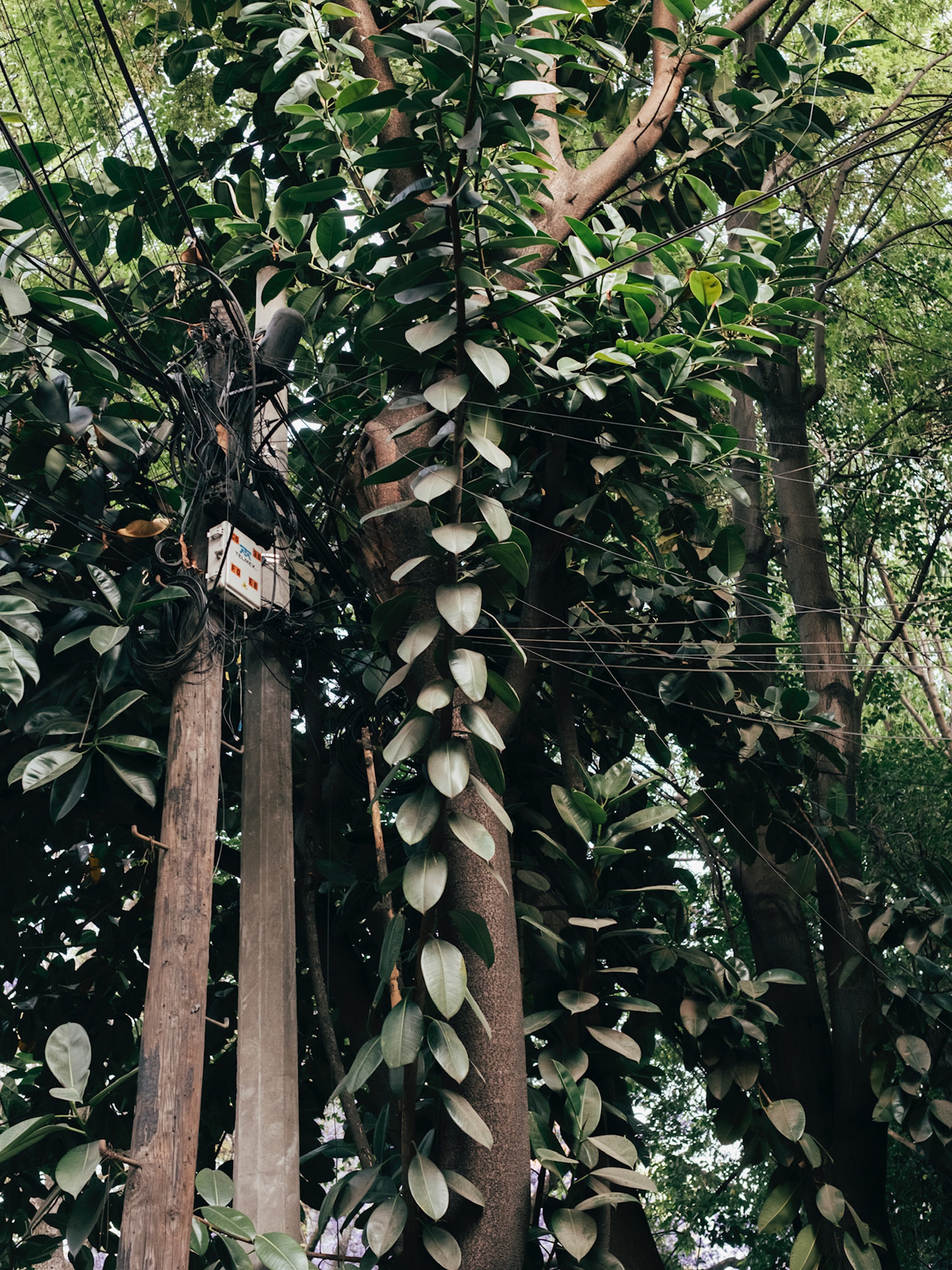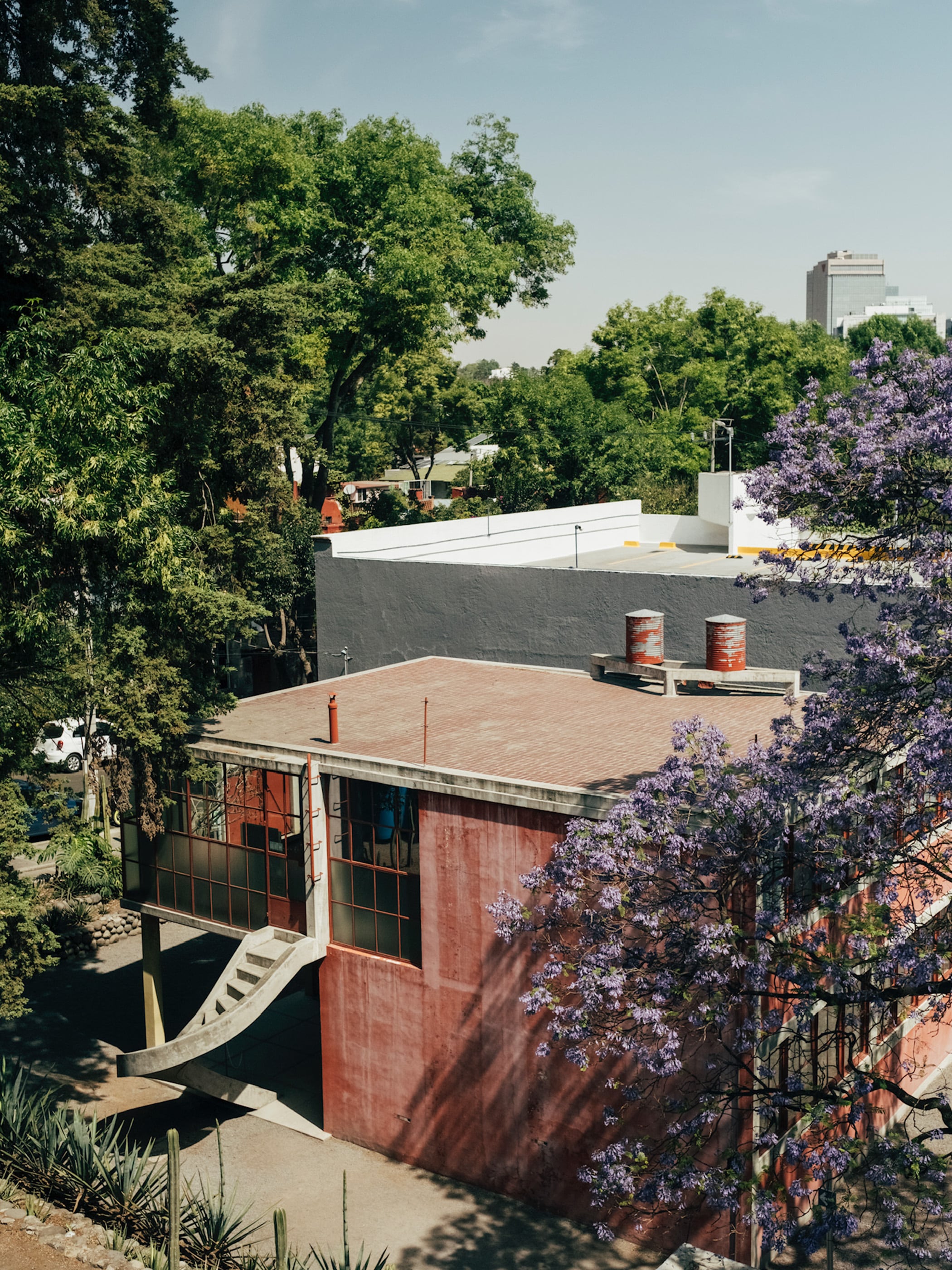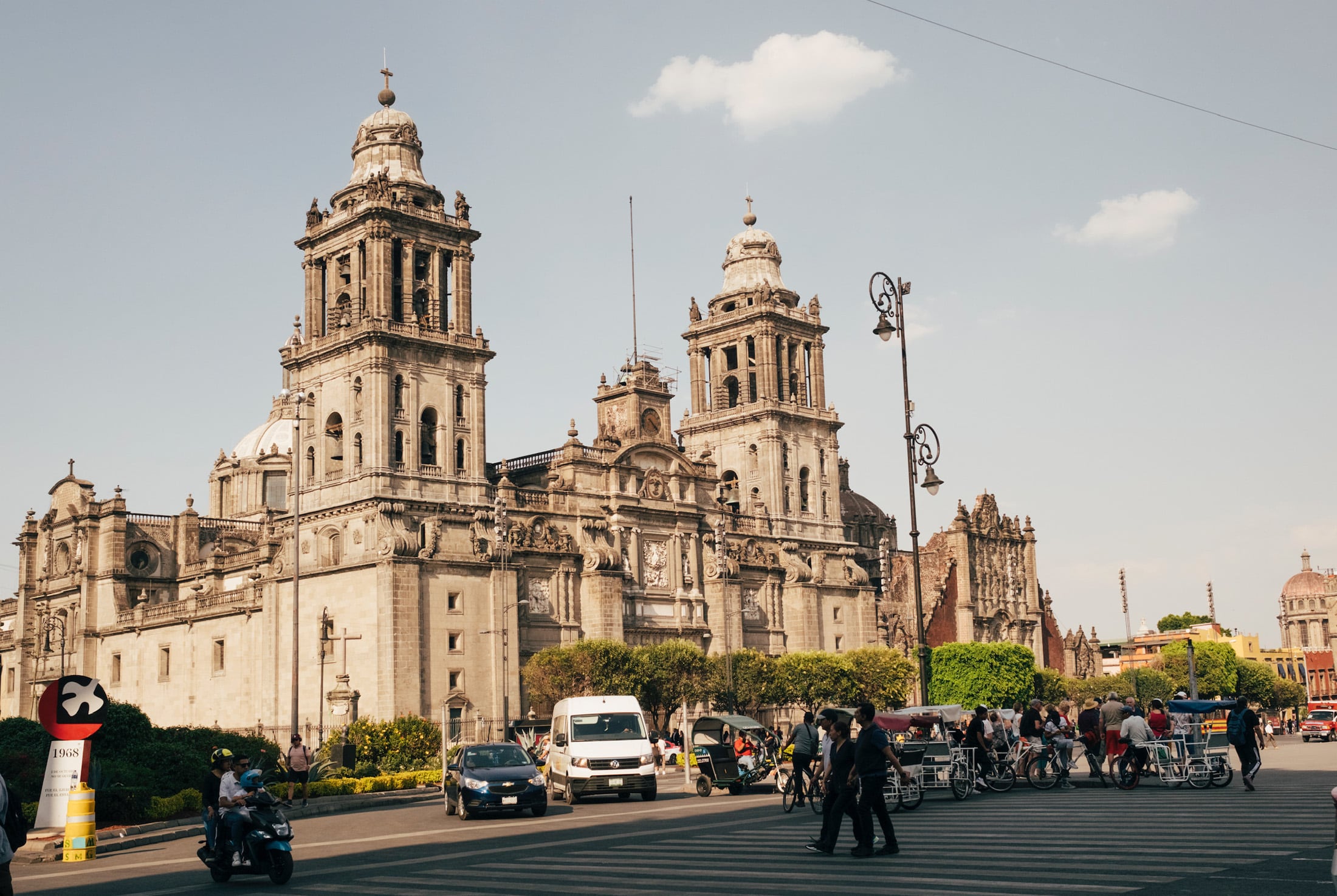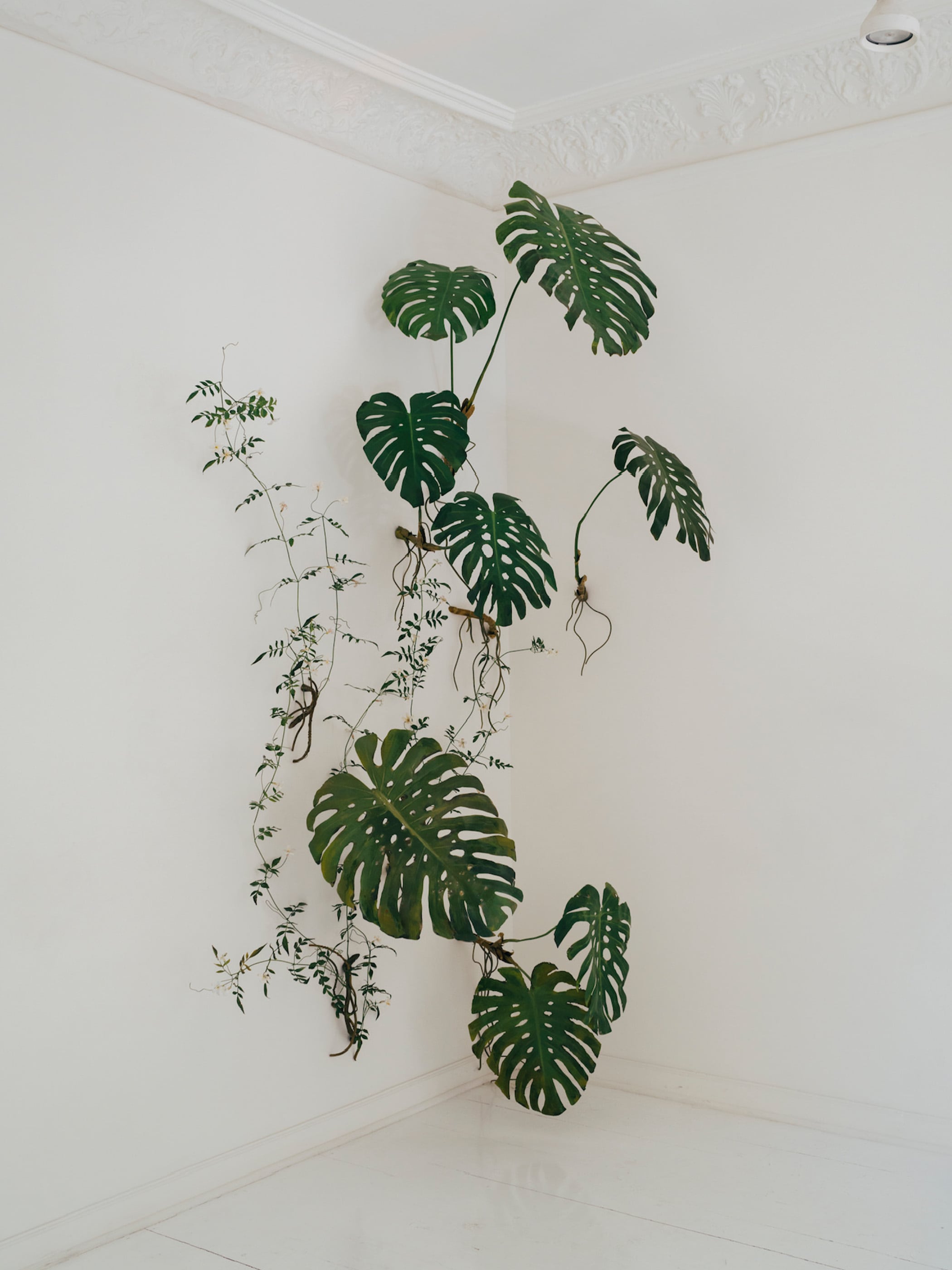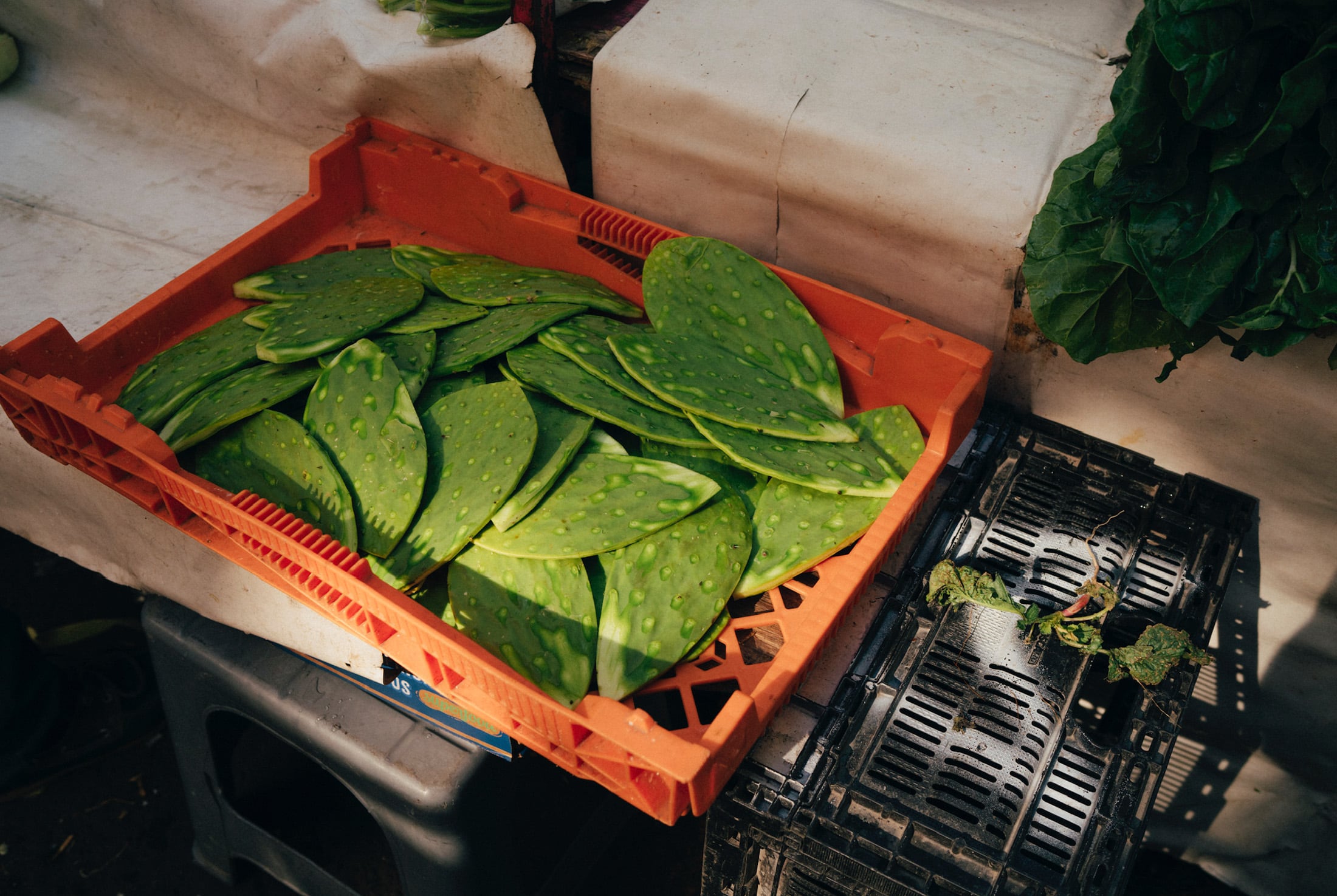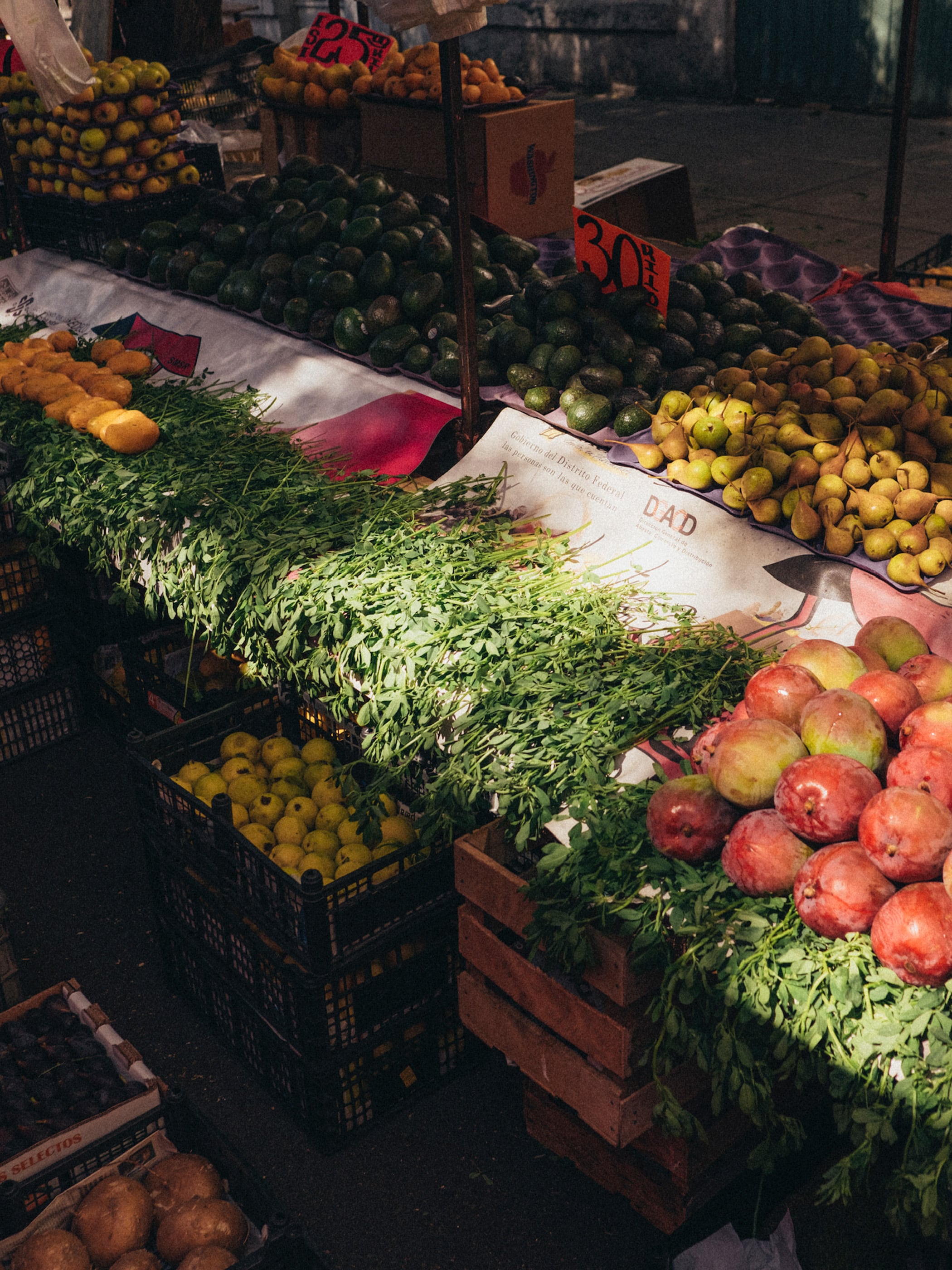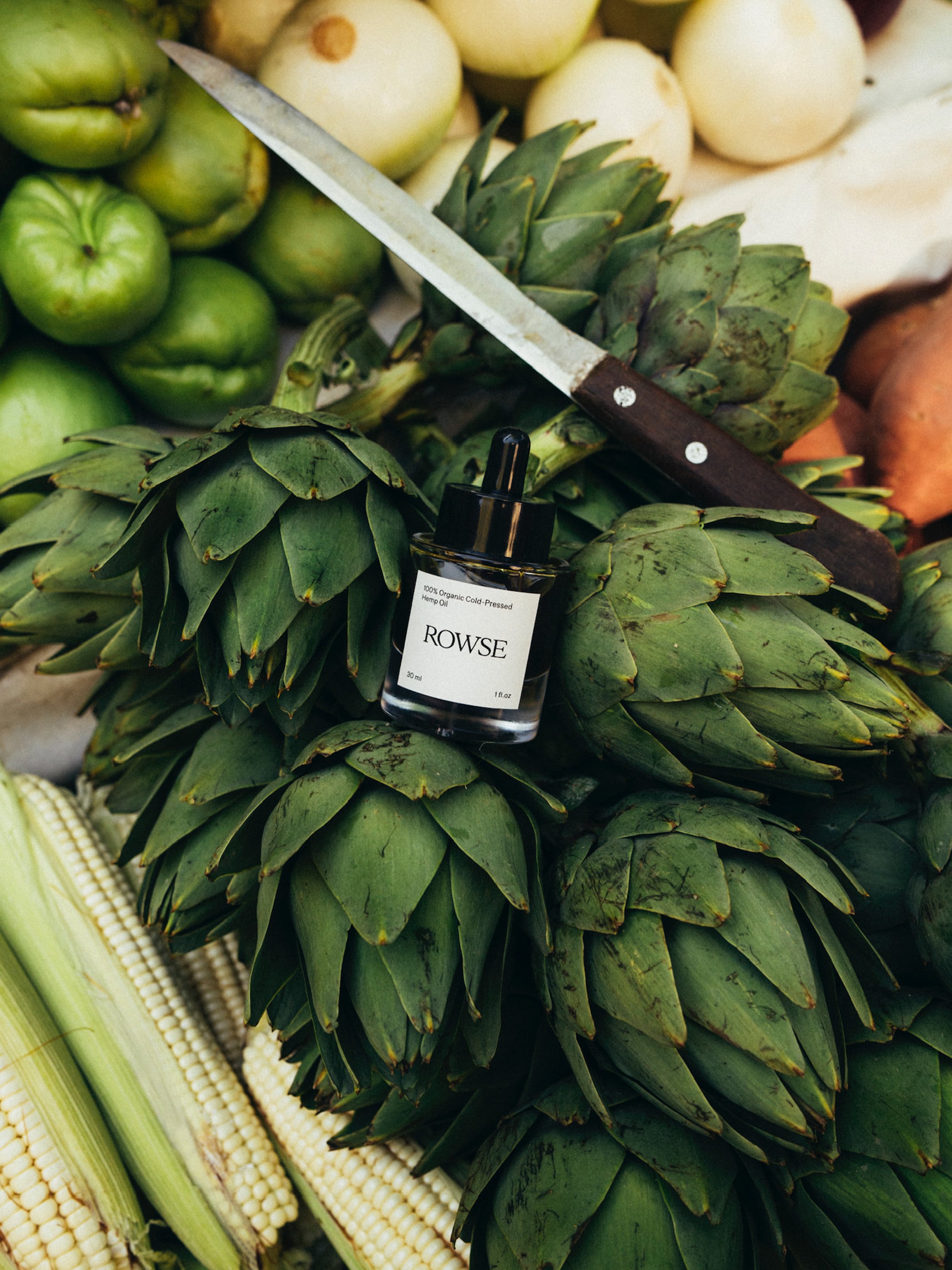A FOREST WITHIN THE CITY
Located in the centre of Mexico City, Bosque de Chapultepec is a megapark for a megalopolis –it’s, in fact, one of the oldest and largest urban parks in the world. Inhabited since pre-Columbian times, when it became a retreat for Aztec rulers, it is now a cultural and historic area, but also an ecological sanctuary amidst the hustle and bustle of the city. It’s massive, so it’s best to rent a bike and stroll around, you will discover a myriad of gardens, man-made lakes, fountains, sculptures, as well as many interesting museums such as the Anthropology Museum, where you could spend hours and hours, and the Tamayo Museum of Contemporary Art. Built in 1980 by Teodoro González de León and Abraham Zabludowsky, it is an icon of contemporary Mexican architecture that houses an impressive local and international art collection.
THE COOLEST DISTRICT
Just east of Chapultepec, La Condesa neighborhood is one of Mexico City’s most charming areas. With tree-lined boulevards, colorful art-deco buildings, art galleries, open-air cafés and amazing eateries and restaurants, it’s the perfect home base for exploring the city. Modern in style, but at the same time warm, elegant and unpretentious, Hotel Condesa DF could easily feel like home for a few days, although you might find more affordable options in the area.
A FEAST FOR THE SENSES
City markets always offer the opportunity to gain deeper insight into the local’s values and traditions. From the flowers of the Jamaica Market and the handicrafts of the Artesanías Market (also known as La Ciudadela) to the wide array of colorful exotic fruits and fresh wild vegetables from across the country that you will find every Tuesday at the Tianguis Farmer’s Market in La Condesa, Mexico City’s public markets are a feast for all five senses. Full of hidden gems, you will find some of the best tacos, tortas and tamales you’ll ever eat.
With street food in every corner and some of the most creative chefs in the world, Mexico City is a foodie’s dream. In La Condesa, San Angelín is one of our favorites, while Contramar, run by Gabriela Cámara, will never disappoint you. You will find amazing seafood while dining in a casual yet sophisticated cantina-style atmosphere. The tuna tostadas have become legendary, and you will never forget the glorious fig tart.
CASA BARRAGÁN
Tucked away in a working-class neighborhood in the west border of Chapultepec, you'll find a handful of homes and gardens designed by Mexico's only Pritzker prize winning architect, Luis Barragán. Built in 1948, the artist’s home and studio remain as he left it after his passing in 1988. Catalogued by UNESCO as “a masterpiece in the development of the modern movement that merges traditional and vernacular elements, as well as diverse philosophical and artistic currents throughout time, into a new synthesis,” Casa Barragán is an icon for architecture and design lovers. With clean geometric lines, raw materials, a dramatic use of light and color, and a meditated play between indoors and outdoors, Casa Barragán was conceived as a serenity realm where life feels more real and honest. You can only visit by appointment, so make sure you book tickets ahead.
CASA O'GORMAN
Walking through the San Andrés neighborhood, two square houses outstand, one painted in blue and the other one in red. Fenced in by tall cacti, these are the Casa Estudio of Diego Rivera and Frida Kahlo and the Casa O’Gorman, both designed by painter and architect Juan O’Gorman. Built between 1929 and 1931, these allowed O’Gorman, who was just 25 at the time, to fully develop his study of the work of Le Corbusier. He designed the first one for his father, while the other one was for his friends, Frida Kahlo and Diego Rivera, who would describe it as “the first modern house with a fully Mexican design”.
THE JUMEX AND THE SOUMAYA
Opened in 2013, and located in the exclusive Polanco neighborhood, just north of Chapultepec, the Jumex Museum is also worth a visit. Designed by British architect David Chipperfield, the white travertine structure houses the most important private art collection in Latin America. With a focus on contemporary art, it contains pieces from Gabriel Orozco, Damien Hirst, Andy Warhol and Cy Twombly, among others. Standing practically face to face with the Jumex you will find the undulating silver façade designed by Fernando Romero along with Gehry Technologies for the Soumaya Museum. It’s again a private collection that ranges from Mesoamerican to contemporary art.
ZÓCALO AND THE HISTORIC CENTER
You shouldn’t leave the CDMX without visiting the Historic centre. Built in the 16th century on the ruins of the old Aztec capital, Tenochtitlan, the city centre is teeming with energy and life. You will find most of the ‘important buildings’, the Metropolitan Cathedral and the Palacio Nacional, among others, but once you start wandering through the streets around you’ll discover hidden gems such as Cerería de Jesús, a 130-years old candle manufacturer that creates the most amazing carved candles.
Twice the size of New York's Central Park, Chapultepec Forest is almost like a (green) city within the city. Known as the CDMX's primary lungs, it's a space for enjoyment and sociability, and houses some of Mexico City's most interesting museums.
La Condesa is one of the coolests districts in Mexico City. Take a walk around the area and you will discover beautiful parks, designer boutiques, art galleries, open-air cafes and a myriad of art-deco and functionalist buildings.
Rich in beta-carotene, a natural antioxidant found in many bright-colored fruits, our Summer Body Oil helps protect the skin from sun damage and external aggressors while promoting regeneration for a softer, brighter, healthier complexion. You’ll love it as a perfume, and you can use it all throughout spring to keep the skin well-nourished and prepared for the summer months ahead.
Traditional ceviche consists of raw fish and seafood marinated and cured in lime juice, which effectively “cooks” it, and then mixed with fresh onions, tomato, chiles, and cilantro.
Jacarandas were introduced to Mexico in 1896 thanks to a Japanese immigrant named Tatsugoro Matsumoto. Every spring, their purple flowers bloom offering an unexpected explosion of color, a signal that it's time to enjoy the warm season.
Although inspired by Le Corbusier's modern architecture style principles, Juan O'Gorman designed the Casa O'Gorman and the Casa Estudio of Diego Rivera and Frida Kahlo using some traditional Mexican solutions in conceiving spaces and details. Both properties have boxy forms accented with cylindrical volumes, horizontal windows, terraces and staircases.
The Soumaya Museum dazzling façade has been described as "a trapezoid in motion", "a shiny silver cloud-like structure" and "a giant aluminum beehive". The controversial building houses an art collection of over 60.000 works on display for public appreciation.
Plaza de la Constitución, popularly known as Zócalo, is the central square of the city. Prior to the colonial period, it was the main ceremonial center in the Aztec city of Tenochtitlan.
Housed in a protected neo-classical building from 1928 and redesigned by India Mahdavi, Condesa DF Hotel is the perfect place to unwind. Everything revolves around the central patio where rows of white shutters create geometric patterns across three floors leading to open sky.
Nopal is the leaf of prickly pear cactus, and a staple in Mexican cuisine. The green pads (spines removed) are sometimes grilled and left whole, or they’re chopped into other dishes. Almost every Mexican street vendor cooking up almuerzo (early-day snack) like quesadillas or tlacoyos offers nopales as a filling.
Colorful tropical fruits, wild-harvested greens, an amazing variety of corn and, obviously, the hottests chiles in the world, Mexico's food markets are a feast for all five senses.
Carefully formulated to protect and repair the skin’s natural barrier, this oil-to-milk balm removes makeup, excess oil and impurities in the most gentle way. No more tight skin after cleansing – it leaves the skin fresh, soft and hydrated.
Nourishing, soothing and repairing, hempseed oil provides softness and relief while keeping acne under control. It’s ideal for combination skin and during long flights –as it keeps the skin hydrated without clogging pores. You can also use it as a detangler for your hair ends.

